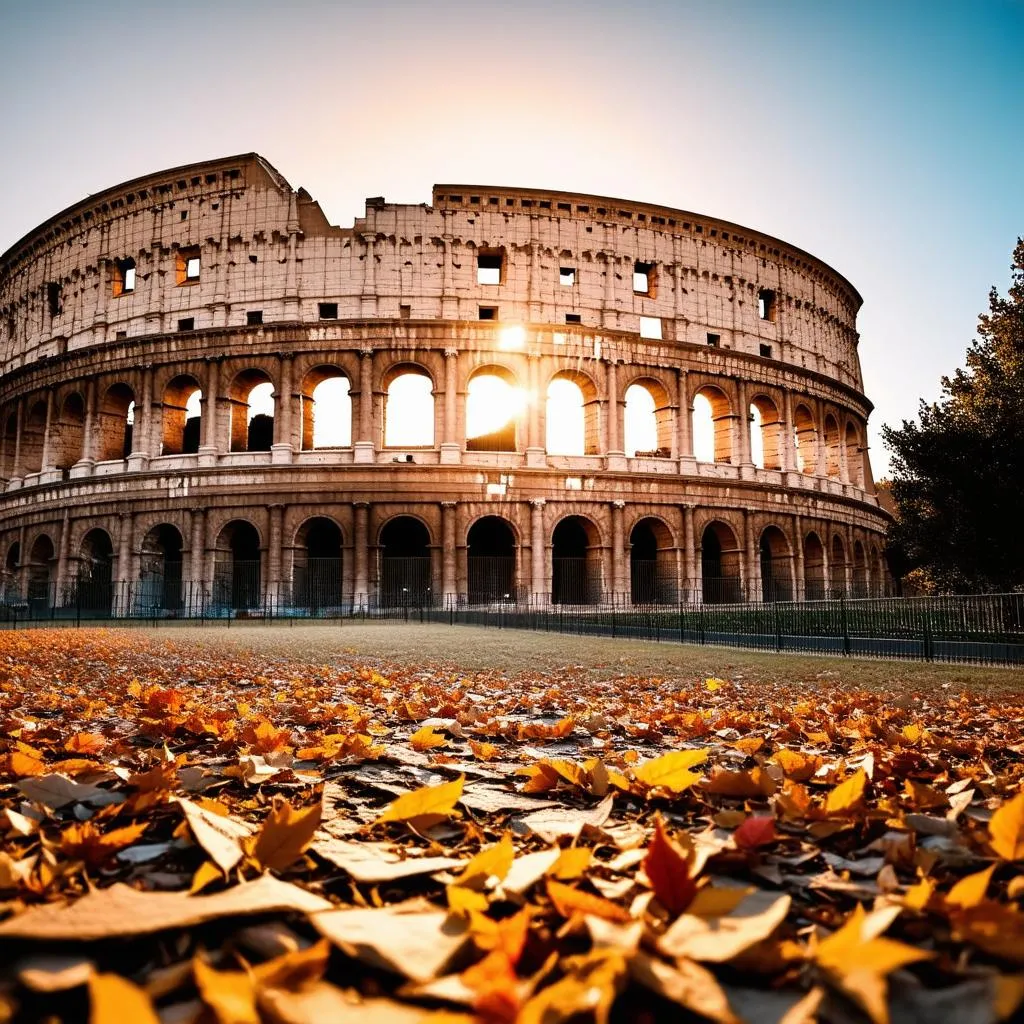Have you ever dreamt of strolling through lavender fields in Provence, witnessing the Northern Lights dance across the Icelandic sky, or getting lost in the vibrant tapestry of cultures across Europe? Choosing the right time to embark on your European adventure can make all the difference in turning those dreams into unforgettable memories.
Understanding Europe’s Seasons and Their Allure
Each season paints Europe in a different light, offering a unique tapestry of experiences:
Spring (April – May): As winter’s grip loosens, Europe awakens with a burst of color. Parks and gardens, like the Keukenhof Gardens in the Netherlands, erupt in a sea of tulips, while cities like Paris and Rome come alive with outdoor cafes and blooming chestnut trees.
Summer (June – August): This is peak tourist season in Europe, and for good reason. Long, sunny days are perfect for exploring ancient ruins in Greece, basking on the beaches of Spain, or attending music festivals like Glastonbury in England. However, be prepared for larger crowds and higher prices.
Autumn (September – October): The summer crowds thin out, and Europe takes on a romantic charm. The vineyards of Tuscany turn golden, offering opportunities for wine tasting, while cities like Prague and Budapest are best explored beneath a crisp, autumnal sky.
Winter (November – March): While some may shy away from Europe in winter, it offers a magical experience. Imagine cozying up in a traditional Christmas market in Germany, skiing in the Swiss Alps, or witnessing the Northern Lights paint the night sky in Iceland.
Tailoring Your Trip to Your Interests
The best time to visit Europe truly depends on your interests and priorities:
For Budget Travelers:
Shoulder Season (April-May & September-October): Traveling during the shoulder seasons offers a sweet spot – pleasant weather, fewer crowds, and more affordable prices for flights and accommodation.
Consider Eastern Europe: Countries like Hungary, Czech Republic, and Poland offer incredible value for money year-round.
For Sun Seekers and Beach Lovers:
Summer (June-August): The Mediterranean coast, from the beaches of Spain and Portugal to the Greek Islands, basks in sunshine, offering the perfect setting for swimming, sunbathing, and water sports.
Consider the Canary Islands: These Spanish islands boast year-round sunshine and warm temperatures, making them a great option for a winter escape.
For History and Culture Enthusiasts:
Spring or Autumn: These seasons offer pleasant weather for exploring historical sites without the summer crowds. Imagine wandering through the Colosseum in Rome or marveling at the Acropolis in Athens without battling the heat and hordes of tourists.
Consider guided tours: Enhance your cultural experience by joining walking tours led by knowledgeable local guides.
For Foodies:
Autumn (September-October): Indulge in the harvest season across Europe. Savor wine tastings in Tuscany, truffle hunting in Italy, or indulge in hearty stews and seasonal delicacies at local markets.
Consider food festivals: Europe is home to countless food festivals celebrating regional specialties, from cheese and chocolate to beer and wine.
For Adventure Seekers:
Summer (June-August): Hiking trails in the Alps come alive, offering breathtaking views and challenging treks. Kayaking in Croatia’s turquoise waters or white-rafting in Slovenia also peak during the summer months.
Winter (November-March): Experience the thrill of skiing or snowboarding in world-renowned destinations like the Alps, Pyrenees, or Dolomites.
Planning Your European Adventure: Tips and Considerations
- Visa Requirements: Ensure you have the necessary travel documents, including a valid passport and any required visas. Check the visa requirements for your specific nationality well in advance.
- Currency Exchange: Research the best currency exchange options to get the most favorable rates.
- Transportation: Europe offers a robust transportation network, from high-speed trains to budget airlines. Consider purchasing a Eurail pass for extensive train travel or utilize budget airlines for inter-country flights.
- Accommodation: Book your accommodations in advance, especially if traveling during peak season. Consider options like hostels, bed and breakfasts, or vacation rentals for budget-friendly choices.
- Packing: Pack light and layer your clothing to adjust to changing weather conditions. Remember comfortable shoes for walking and a universal adapter for your electronics.
Frequently Asked Questions
Q: When is the cheapest time to travel to Europe?
A: Generally, the cheapest time to find flights and accommodation in Europe is during the shoulder seasons (April-May & September-October) and the winter months (excluding the holiday season).
Q: What is the best way to get around Europe?
A: Europe has an excellent transportation system, with trains, buses, and planes connecting major cities. Trains are a comfortable and scenic way to travel, while budget airlines offer affordable flights.
Q: Do I need to speak the local language in each country?
A: While it’s always helpful to learn a few basic phrases, English is widely spoken in most tourist areas.
Travelcar.edu.vn: Your Guide to Unforgettable European Adventures
For more travel tips, inspiration, and resources to plan your dream European trip, visit Travelcar.edu.vn. Our website offers a wealth of information on everything from visa requirements and transportation to destination guides and insider tips.
 Eiffel Tower in Spring
Eiffel Tower in Spring
 Colosseum in Autumn
Colosseum in Autumn
Embrace the Journey: Create Your Own European Story
Ultimately, the best time to travel to Europe is whenever your heart desires. Each season offers its own unique charm and experiences, waiting to be discovered. Embrace the journey, plan wisely, and create your own unforgettable European story.